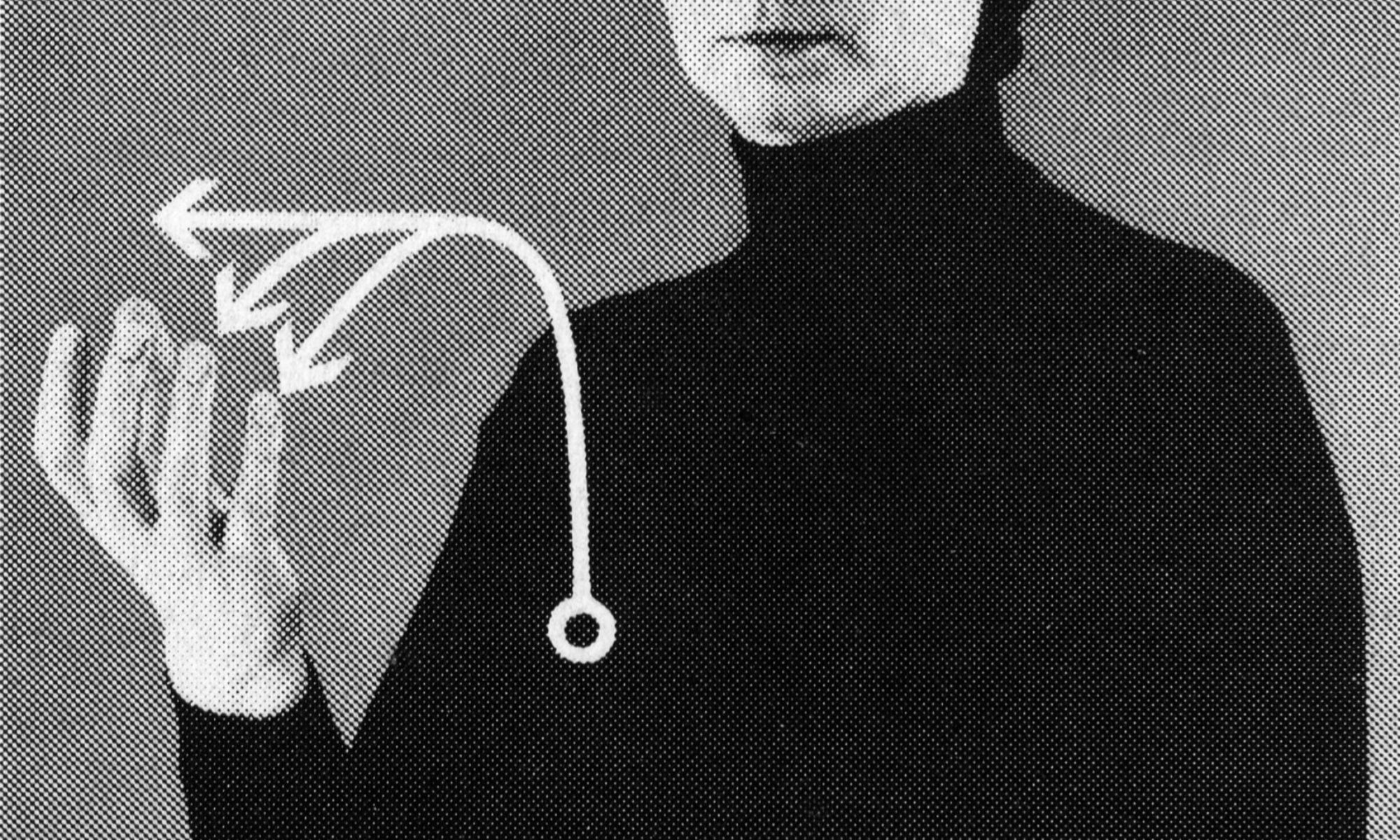Installation, KloHäuschen, München
5.2. – 28.2.21
„What’s in a name? That which we call a rose / By any other name would smell as sweet“.
So spielt Julia gegenüber Romeo die Bedeutung von Namen herunter, zeigt damit aber, dass diese doch nicht so unwichtig sind, sondern mit Zuschreibungen, Erwartungen und Geschichten aufgeladen, z.B. mit der Zugehörigkeit zu verfeindeten Familien.
Namen können anrüchig sein. Damit lässt sich eine Verbindung zum “KloHäuschen“ herstellen: Der Name könnte poetischer oder cooler sein, weniger hart auf die Realität verweisen. Doch scheint es genau der richtige Ort, um Namen zu reflektieren.
Albert Coers macht sich auf die Suche nach seinem Vornamen in Texten von Goethe, Borges, Uwe Timm, Eichendorff, Markus Ostermair, Ludwig Tieck, Vladimir Volkoff, André Aciman, Dietrich Schwanitz u.a., und stellt die Frage: „Wer ist Albert?“ (Werther). Was für ein Bild einer Person mit diesem Namen taucht auf? Textausschnitte sind installativ-assoziativ mit dem Raum des Klohäuschens und untereinander in Verbindung gebracht.
Kacheln, Innenraum, Toilette, der endlos verdoppelnde Blick in den Spiegel, der Spiegelschrank „Allibert“, fast mit Coers’ Vorname übereinstimmend. Unglaublicher Zufall: er war in der „Lauinger Straße“ abzuholen — wo A.C. doch in der gleichnamigen Stadt geboren ist. Auch die Rose taucht wieder auf… Dazu gibt es Sound frei nach Albert Mangelsdorff.
In der Installation kommt Coers’ Interesse für Sprache und Namen, für ortsbezogenes Arbeiten zum Tragen. Sie kann als Fortführung des Projekts ENCYCLOPEDIALEXANDRINA (Goethe-Institut Alexandria, 2008) gelesen werden, von FINESTRA (Finnland Institut Berlin, 2014), A‑FIN (Weltraum, München, 2015), Posen (NAPRZECIW Galerie Poznan, 2014).
KloHäuschen an der Großmarkthalle
Thalkirchner Str./Ecke Oberländerstr.
81371 München
Hörparcours mit pasearse/Claudia Pescatore, 2021

„Wer ist Albert?“ [“Who’s Albert?”]
“What’s in a name? That which we call a rose / By any other name would smell as sweet”.
In this way, Juliet plays down the importance of names to Romeo, but in doing so shows that they are not so unimportant after all, but are charged with attributions, expectations and stories, e.g. belonging to hostile families.
Names can be disreputable. This can be used to make a connection to the “KloHäuschen”(Little Toilet House): The name could be more poetic or cooler, less harshly referencing reality. But it seems just the right place to reflect on names.
Albert Coers sets out to find his first name in texts by Goethe, Borges, Uwe Timm, Eichendorff, Markus Ostermair, Ludwig Tieck, Vladimir Volkoff, André Aciman, Dietrich Schwanitz and others, and asks the question: “Who is Albert?” (Werther). What kind of image of a person with this name emerges? Text excerpts are installed and associatively connected with the space of the toilet house and with each other.
Tiles, interior, toilet, the endlessly doubling look in the mirror, the mirrored cabinet “Allibert”, almost coinciding with Coers’ first name. Incredible coincidence: he was to be picked up in “Lauinger Straße” — where A.C. was born in the town of the same name. The rose also reappears.… In the background there is sound freely after Albert Mangelsdorff.
Coers’ interest in language and names, in site-specific work, comes to the fore in the installation. It can be read as a continuation of the project ENCYCLOPEDIALEXANDRINA (Goethe-Institut Alexandria, 2008), FINESTRA (Finland Institute Berlin, 2014), A‑FIN (Weltraum, Munich, 2015), Posen (NAPRZECIW Gallery Poznan, 2014).















